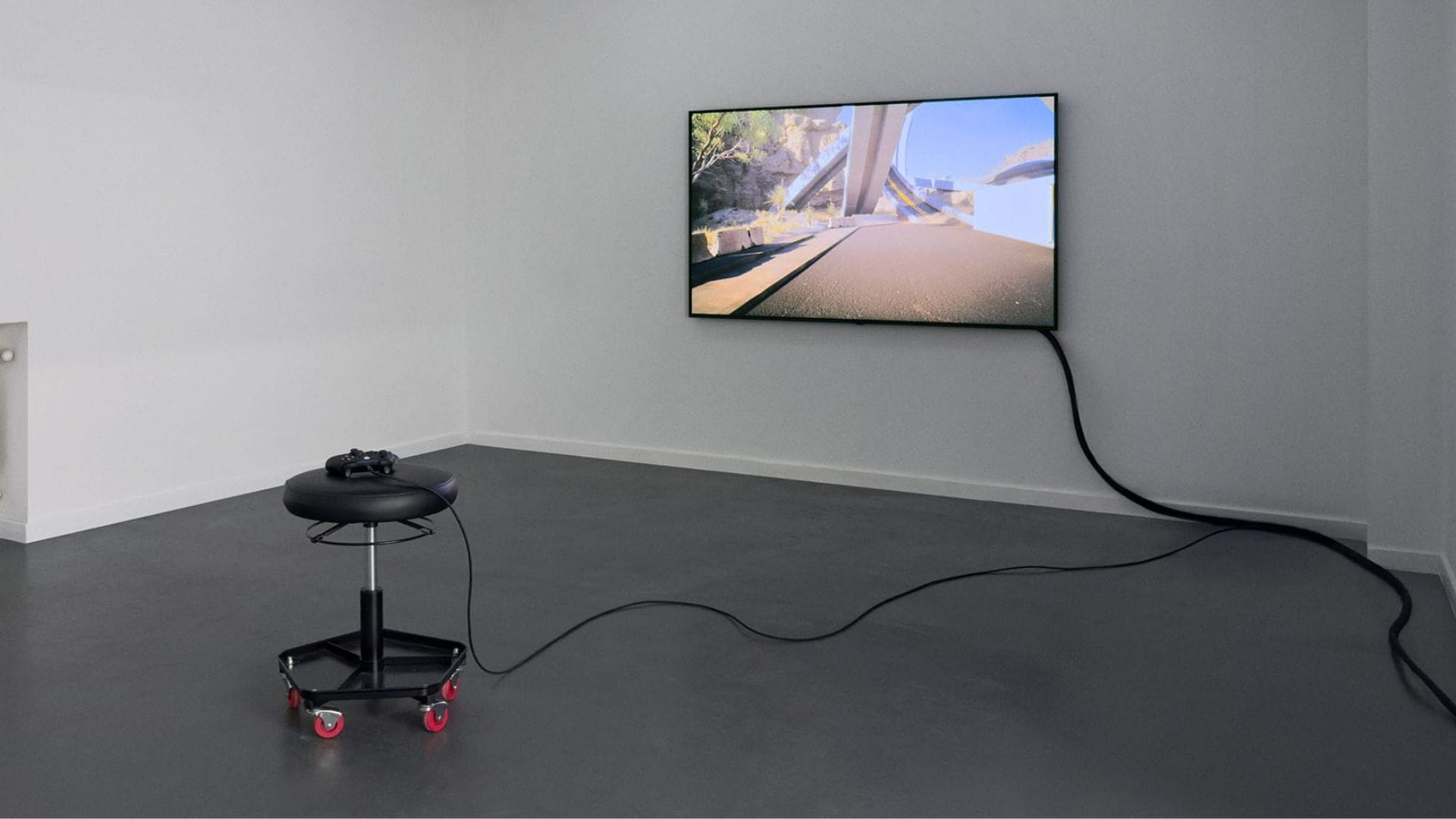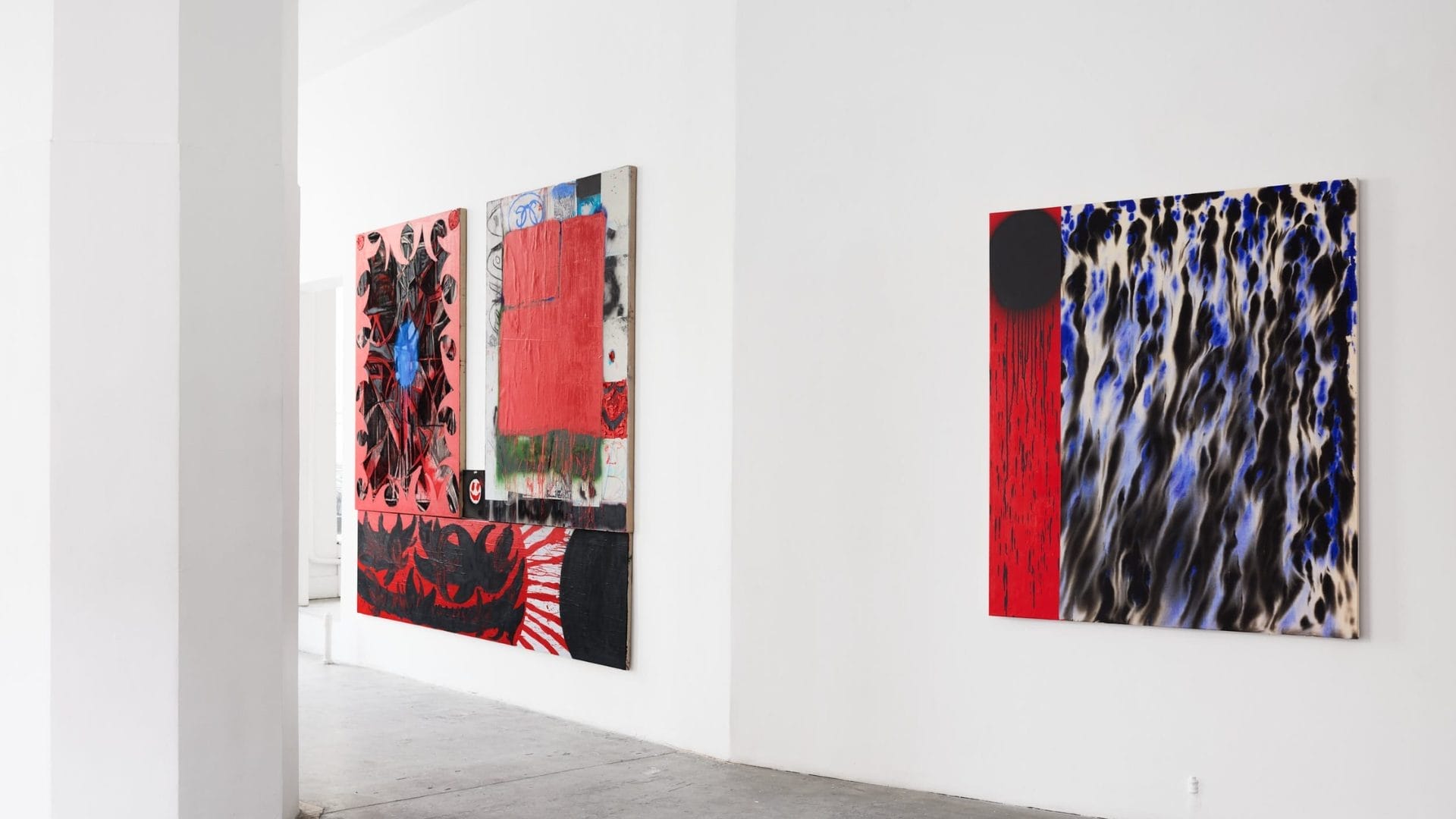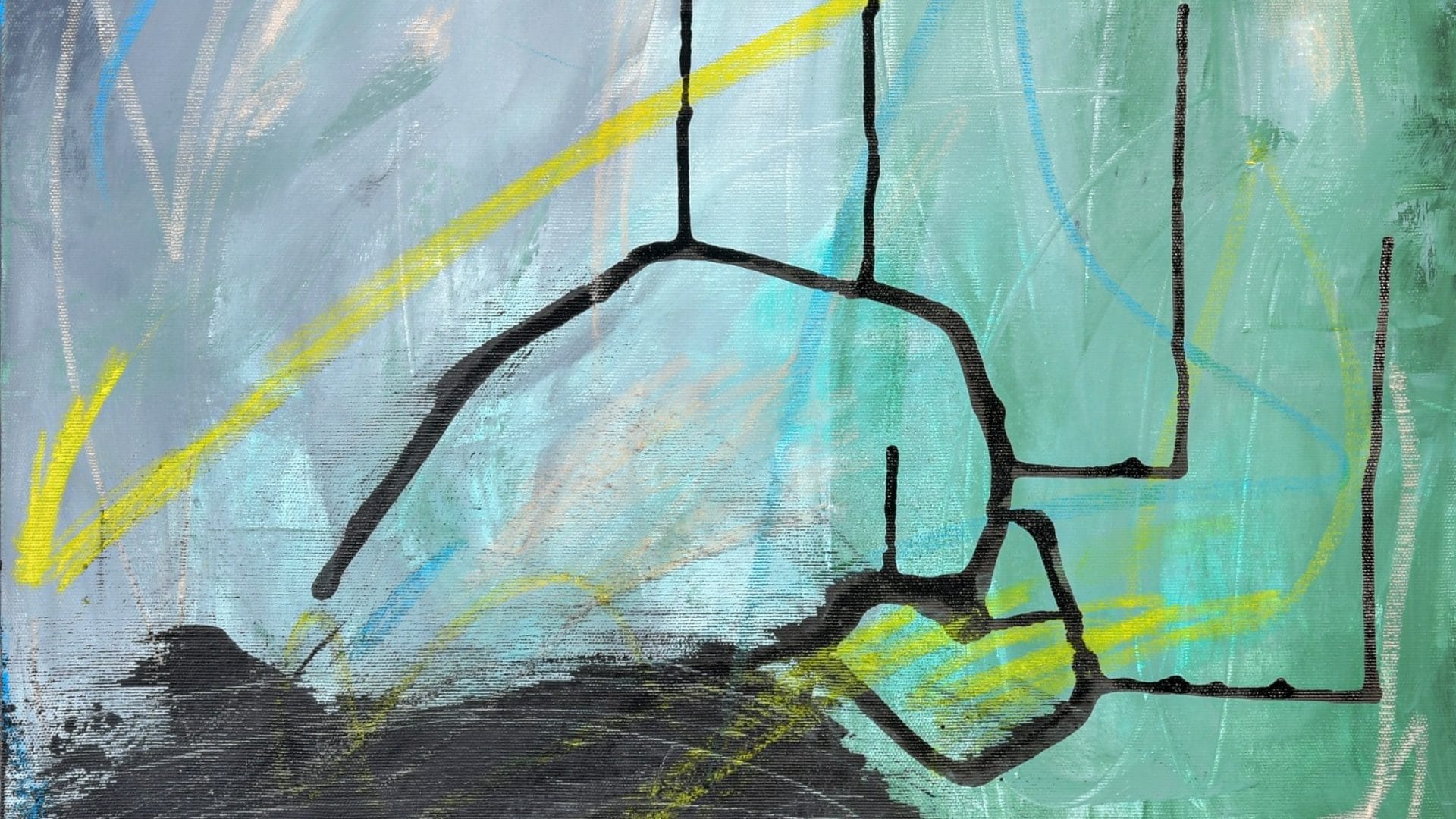
Navigating Art Collecting in a Bear Market: Strategies for Success
In times of economic uncertainty, art collectors face unique challenges and opportunities. A bear market, characterized by falling prices and a pessimistic outlook on the economy, can have significant implications for the art market. However, with careful consideration and strategic planning, collectors can continue to thrive in this environment.
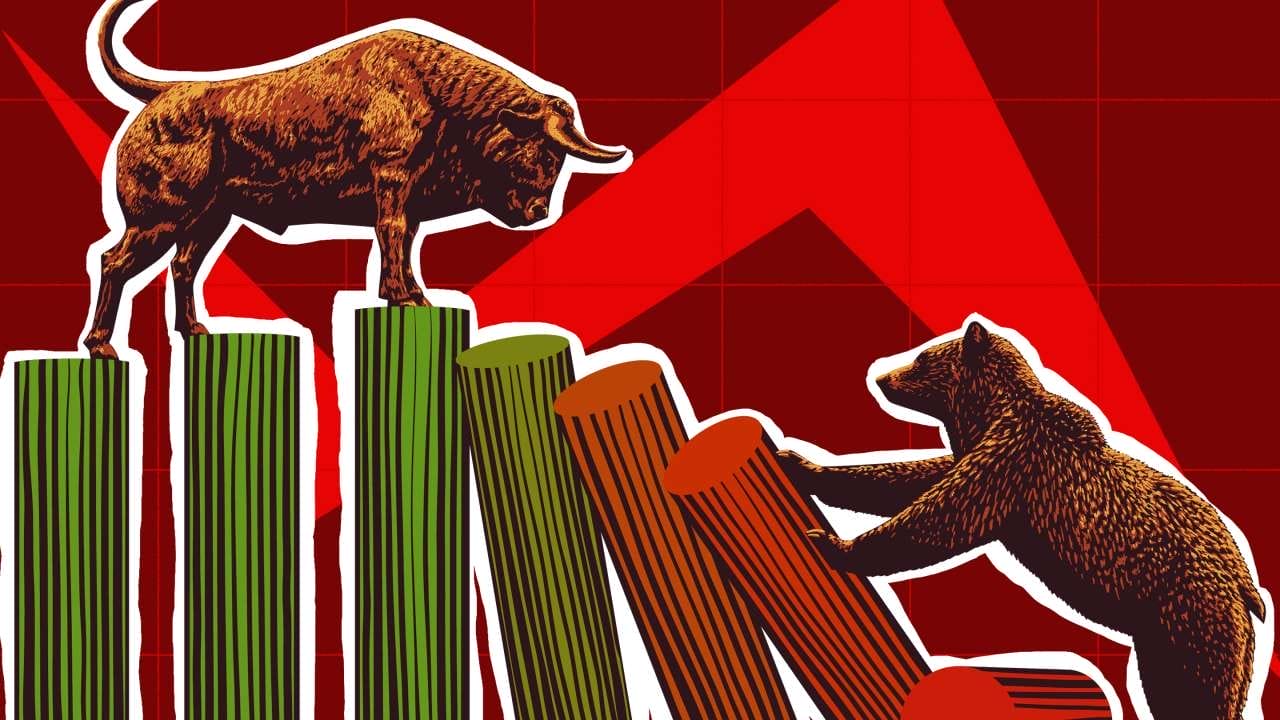
Diversification is Key: Just as in financial investments, diversification is essential in art collecting during a bear market. Instead of focusing solely on high-value pieces or a single genre, consider spreading your collection across different artists, mediums, and styles. Diversification can help mitigate risks and ensure that your collection remains resilient in turbulent times.
Focus on Quality: In a bear market, the demand for art may decrease, leading to lower prices for some pieces. This presents an opportunity for collectors to acquire high-quality works at more affordable prices. Rather than chasing trends or speculative investments, prioritize the quality and provenance of the artwork. Pieces with historical significance or those by established artists often retain value better during market downturns.
Long-Term Perspective: Successful art collectors understand that the art market is cyclical and that patience is key. Instead of making impulsive decisions based on short-term market fluctuations, take a long-term perspective on your collection. Quality artworks have the potential to appreciate over time, regardless of temporary market downturns. Focus on building a collection with lasting value and significance.
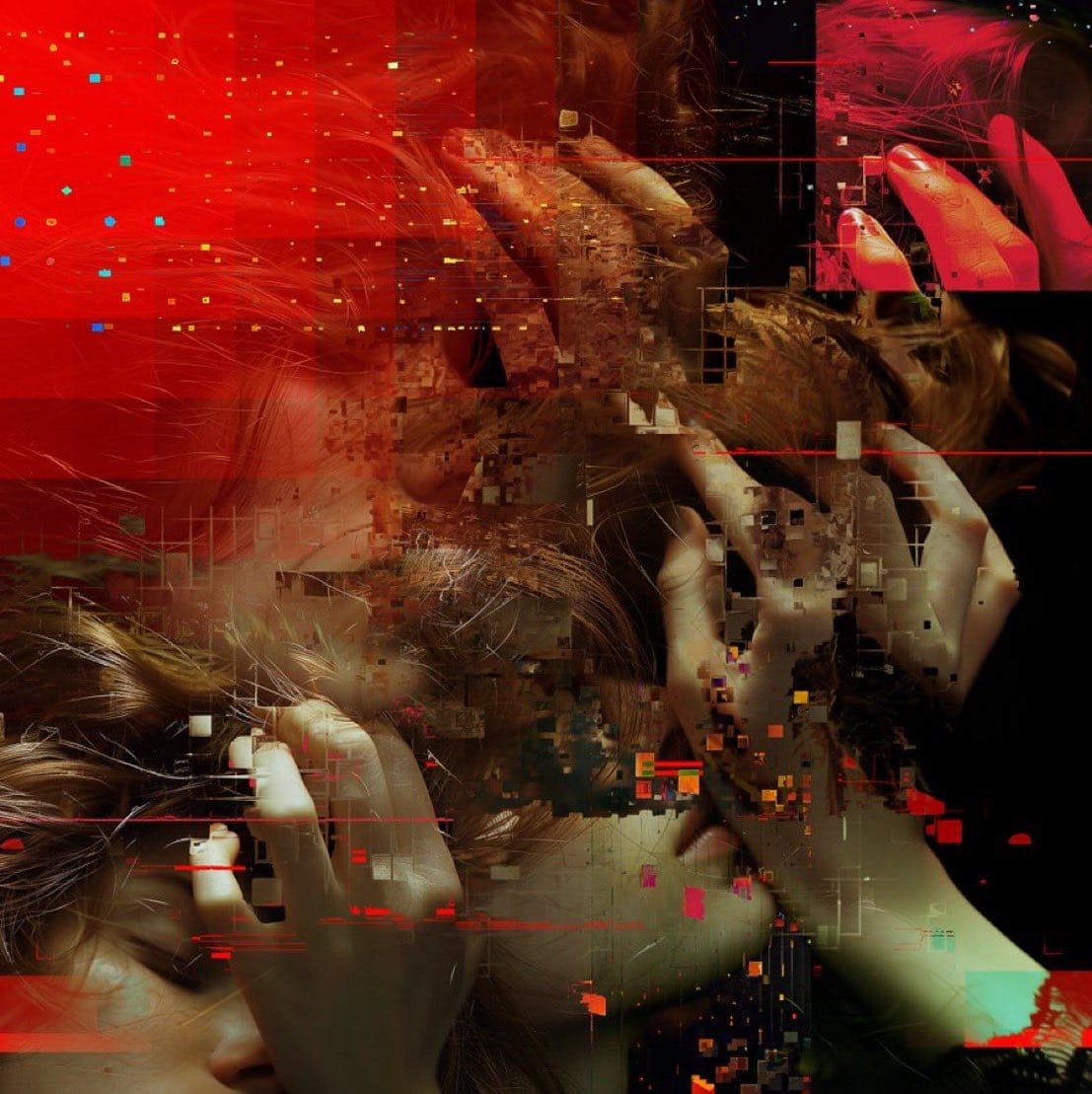
Engage with the Community: During a bear market, networking and engaging with the art community become even more critical. Attend exhibitions, art fairs, and gallery openings to stay informed about emerging artists and market trends. Building relationships with artists, dealers, and fellow collectors can provide valuable insights and opportunities for acquiring exceptional pieces.
Consider Alternative Investments: In addition to digital artwork, consider diversifying your collection with alternative investments such as photography, traditional art, or sculptures. These mediums may offer unique opportunities for growth and innovation, especially in a changing market landscape. Stay open to exploring new avenues within the art world while staying true to your personal tastes and interests.
Prudent Financial Management: While art collecting is primarily driven by passion and appreciation for aesthetics, it’s essential to approach it with sound financial management principles, especially during a bear market. Set a budget for acquisitions, carefully track expenses, and periodically reassess the value of your collection. Consider working with financial advisors who specialize in art investments to develop a comprehensive strategy tailored to your goals and risk tolerance.
Remain Flexible: Flexibility is crucial in navigating the uncertainties of a bear market. Be prepared to adapt your collecting strategy in response to changing market conditions. This may involve adjusting your budget, reevaluating your investment thesis, or exploring new opportunities for growth. By remaining flexible and adaptable, you can position yourself to thrive in any market environment.
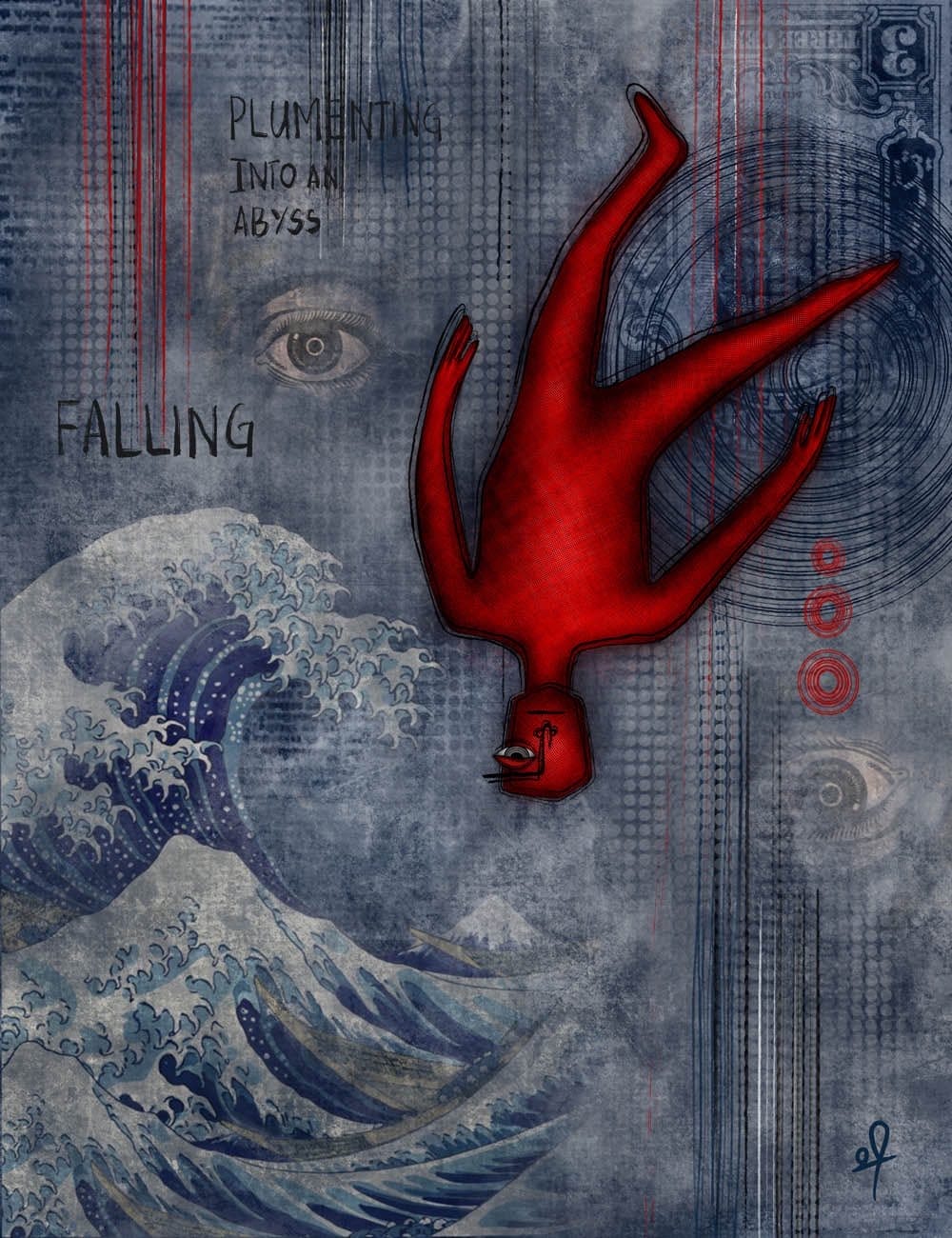
In conclusion, art collecting in a bear market requires careful consideration, strategic planning, and a long-term perspective. By diversifying your collection, focusing on quality, engaging with the community, and maintaining prudent financial management, you can continue to build a meaningful and valuable art collection regardless of market conditions. With patience, perseverance, and a passion for the arts, collectors can navigate the challenges of a bear market and emerge stronger on the other side.
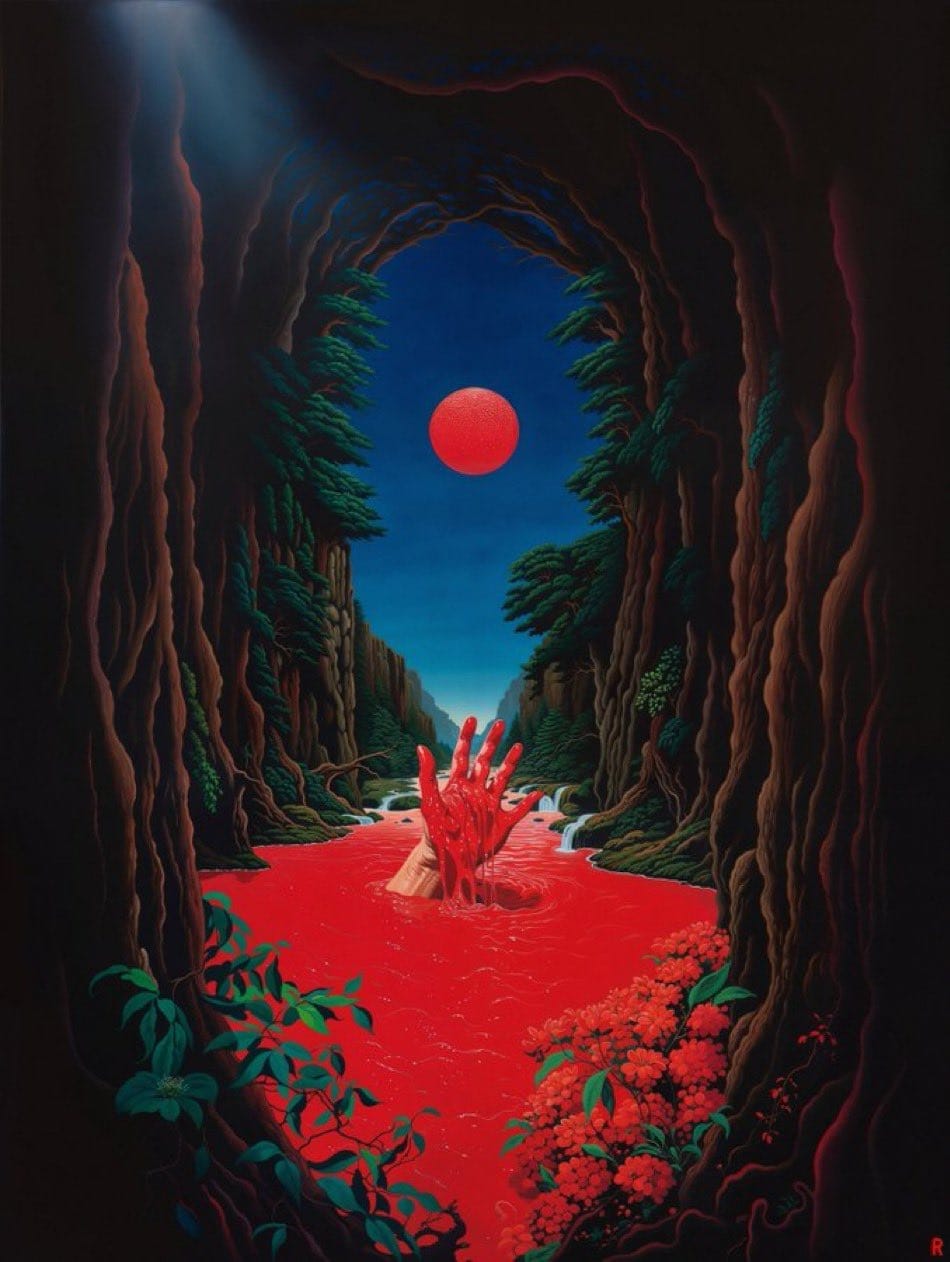
TheJPEGGallery
Digital art investor since 2020 | Art curation | Art critic | Art advisor | @niftygateway Publisher.
You may also like
Still Making Art Volume Seven, Curated by Aaron McLaughlin at Arti et Amicitiae, Amsterdam
Still Making Art Volume Seven at Arti et Amicitiae, Amsterdam, curated by Aaron McLaughlin, is a mul
François Bellabas, unloadingoverdrive at Contretype, Brussels
unloadingoverdrive by François Bellabas at Contretype, Bruxelles, 16.01.2025 – 23.03.2025. Ar
From Impulse to Impact: Fakewhale in Conversation with David von Bahr
David von Bahr’s painting is a dynamic fusion of instinct and control, where raw gestures meet str


